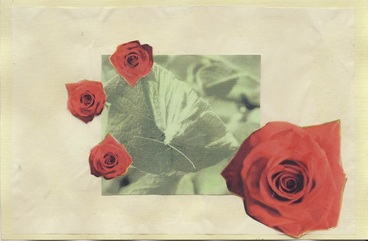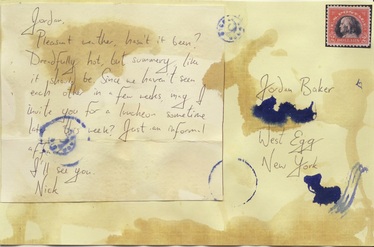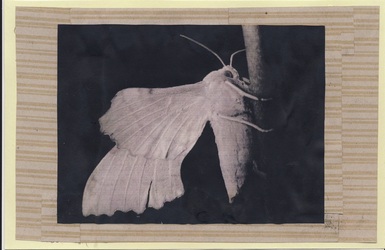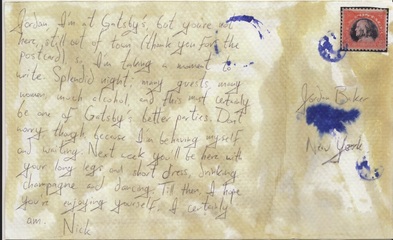Global Perspective
Translating The Great Gatsby
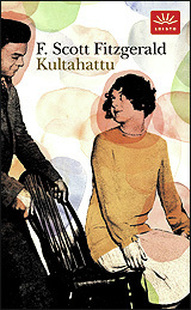
To fully understand a work of fiction, one must read it in the original. Period. Even the most skilled of translators cannot translate a work exactly, but must balance carefully between literal word-for-word conversion and more imaginative free adaptation. Inevitably, inconsistencies occur, important details are lost. Translating is not a craft; it is most definitely an art.
That being said, I always find it fascinating to compare translations – to see how various translators handled recreating the tone, style, and voice into their respective languages. The omissions made, the small careless changes! Vastly different decisions regarding idioms, phrasing, word structure! Translators’ perspectives and more or less accurate interpretations influencing the outcome!
In this genre piece, we compared and discussed excerpts from four foreign-language translations of The Great Gatsby: Polish, Russian, and two German versions. The majority of the information is located right on the Prezi, so this description will be kept brief.
One note: We were also going to analyze the French translation, but, alas, it was nowhere to be found. Strict copyright laws are most likely to blame. A loss it is, because a new French translation has come out just a few years ago, and it would have been very interesting to see what faults Julie Wolkenstein found with the previous two, and how she chose to amend them. Certainly, very significant changes had to be made, as Wolkenstein was revolutionary enough to actually alter the title: from Gatsby le magnifique to simply Gatsby. Have generations of French readers been missing out on Fitzgerald’s true literary genius? Well, we won’t find out.
View prezi here.
That being said, I always find it fascinating to compare translations – to see how various translators handled recreating the tone, style, and voice into their respective languages. The omissions made, the small careless changes! Vastly different decisions regarding idioms, phrasing, word structure! Translators’ perspectives and more or less accurate interpretations influencing the outcome!
In this genre piece, we compared and discussed excerpts from four foreign-language translations of The Great Gatsby: Polish, Russian, and two German versions. The majority of the information is located right on the Prezi, so this description will be kept brief.
One note: We were also going to analyze the French translation, but, alas, it was nowhere to be found. Strict copyright laws are most likely to blame. A loss it is, because a new French translation has come out just a few years ago, and it would have been very interesting to see what faults Julie Wolkenstein found with the previous two, and how she chose to amend them. Certainly, very significant changes had to be made, as Wolkenstein was revolutionary enough to actually alter the title: from Gatsby le magnifique to simply Gatsby. Have generations of French readers been missing out on Fitzgerald’s true literary genius? Well, we won’t find out.
View prezi here.
Light and Perspective
"I should change the light," he said after a moment. "I'd like to bring out the modeling of the features. I'd try to get hold of all the black hair."
"I wouldn't dream of changing the light," cried Mrs. Mckee. "I think it's---"
These three postcards have been discovered among Jordan's things at the time of her death in 1978. All three are believed to have been written by her boyfriend Nick, and sent in the summer of Jay Gatsby's death.
In case it is not legible in the above photographs, here is the text:
Postcard 1
Jordan,
Pleasant weather, isn't it been? Dreadfully hot, but summery like it should be. Since we haven't seen each other in a few weeks, may I invite you for a luncheon sometime later this week? Just an informal affair. I'll see you. Nick.
Postcard 2
Jordan, my dear,
Dusk is falling, and as I listen to the nightingales fill the rosy air with sweet tunes my thoughts turn towards you. Where are you? Who are you thinking about as velvety darkness slowly envelops your slender figure? Why aren't you with me, walking hand in hand into the night?
I miss you.
Your Nick
Postcard 3
Jordan,
I'm at Gatsby's, but you're not here, still out of town (thank you for the postcard), so I'm taking a moment to write. Splendid night; many guests, many women, much alcohol, and this must certainly be one of Gatsby's better parties. Don't worry, because I'm behaving myself and waiting. Next week you'll be here with your long legs and short dress, drinking champagne and dancing. Till then, I hope you're enjoying yourself. I certainly am.
Nick
Explanation
Nick wrote these postcards during different times of the day, in different moods associated with each. The first is meant to be fairly formal, not entirely at ease; the second, written at dusk, is the honest one, where Nick is not afraid to reveal his feelings; in the third, he puts on another mask, losing sincerity and becoming artificial.
The changes in perspective do not have as much to do with time of day as they do with light - as with colors or maritime symbols, Fitzgerald uses it extremely often throughout the entire novel as a symbol and indicator of mood. In fact, the word "light" in this context alone is used more than 70 times throughout the novel, and there are countless descriptions of shadows, shades, the sky, the sun, moon, stars, lamps, etc; the list goes on for a very long time. Apart from casual descriptions of surroundings, light is an integral part of almost any major idea or occurrence. There is, naturally, the green light at the end of Daisy's dock that gives Gatsby hope as he stares out across the lake. There are the bright lights of Gatsby's mansion (the front of which catches daylight during the day, as he points out) that go out once he gets his dream girl. There is Daisy's promise to turn the light on and off to alert Gatsby if Tom should try any brutality following Myrtle's death. Lights of New York are compared to lights of Wisconsin, and twilight comes in a myriad of forms, from soft to enchanted to hot to cooling.
Since this is the twenties, when life was lived mostly in the nighttime ("the most poignant moments of night and life"), a considerable portion of the novel is set in the darkness, or among artificial light. During the daytime, the characters seem sapped of energy, lethargic, more formal and uptight.
The characters are like the moths on the postcards - asleep during the day, drawn recklessly, self-destructively towards the light of lavish parties.
Darkness itself, though, is portrayed as a friend - it is, after all, the natural habitat of these moths. Away from the blinding lights of the city, darkness offers comfort, calmness, and intimacy, allowing the characters to feel at ease. Gentle is the night.
Quotes:
"Human sympathy has its limits and we were content to let all their tragic arguments fade with the city lights behind."
"The lights grow brighter as the earth lurches away from the sun and now the orchestra is playing yellow cocktail music and the opera of voices pitches a key higher. The groups change more swiftly, swell with new arrivals, dissolve and form in the same breath--already there are wanderers, confident girls who weave here and there among the stouter and more stable, become for a sharp, joyous moment the center of a group and then excited with triumph glide on through the sea-change of faces and voices and color under the constantly changing light."
"When he realized what I was talking about, that there were twinkle-bells of sunshine in the room, he smiled like a weather man, like an ecstatic patron of recurrent light, and repeated the news to Daisy."
